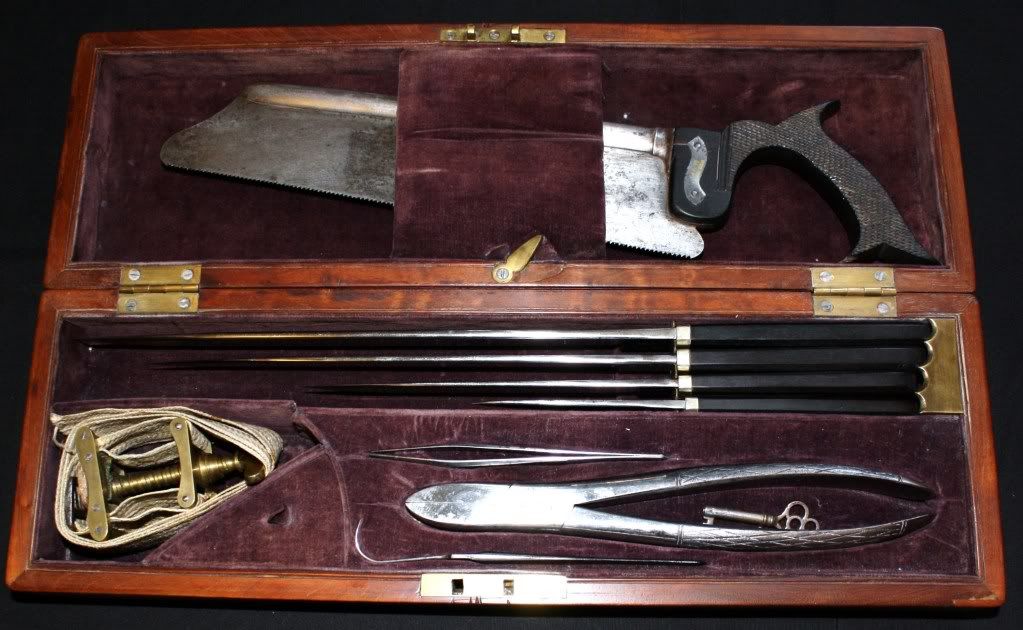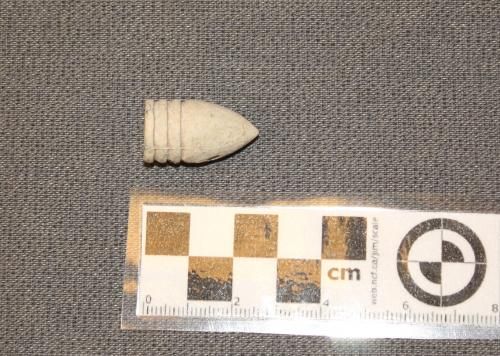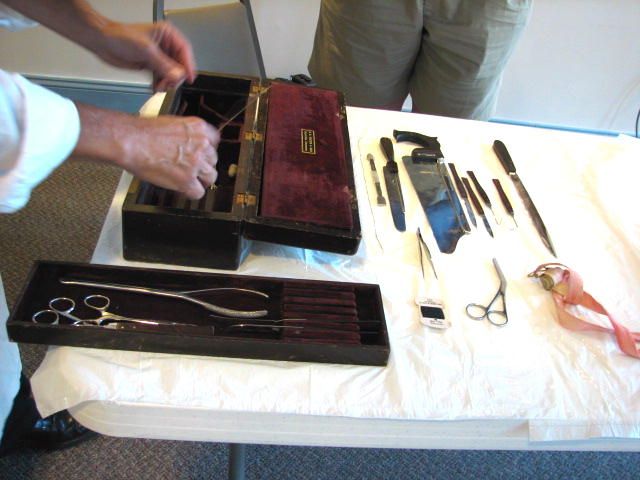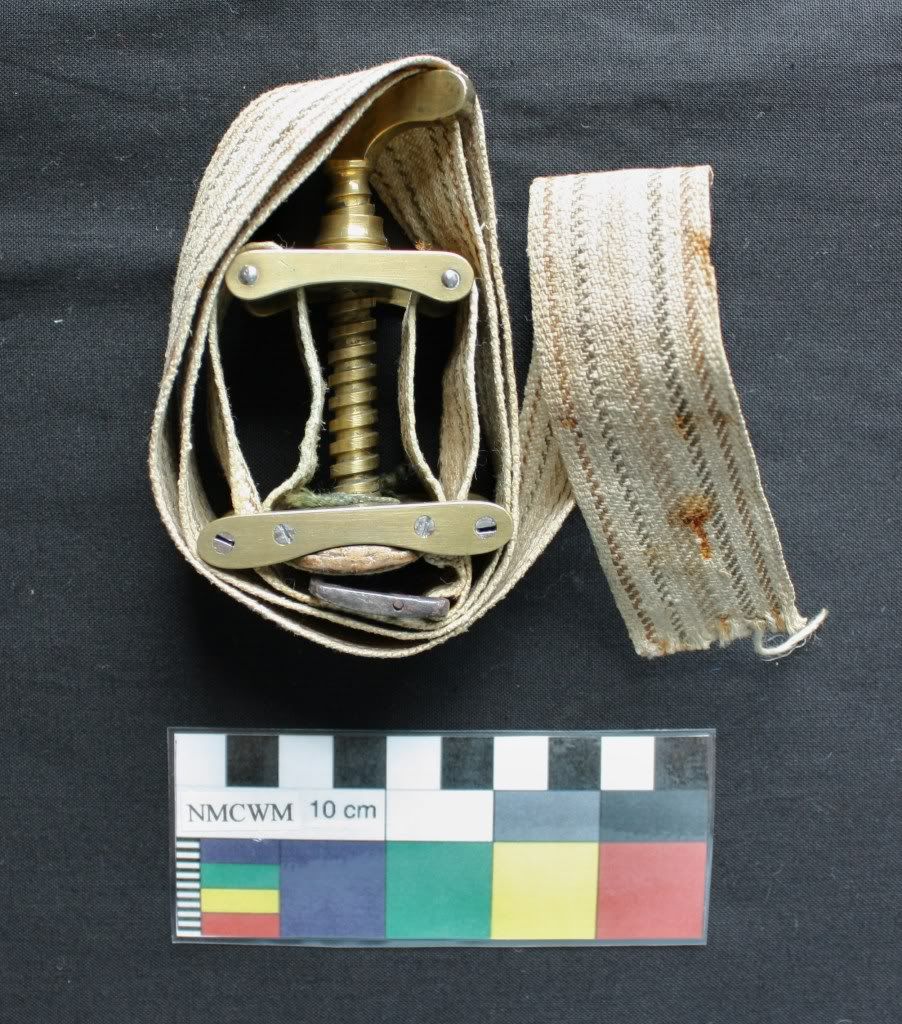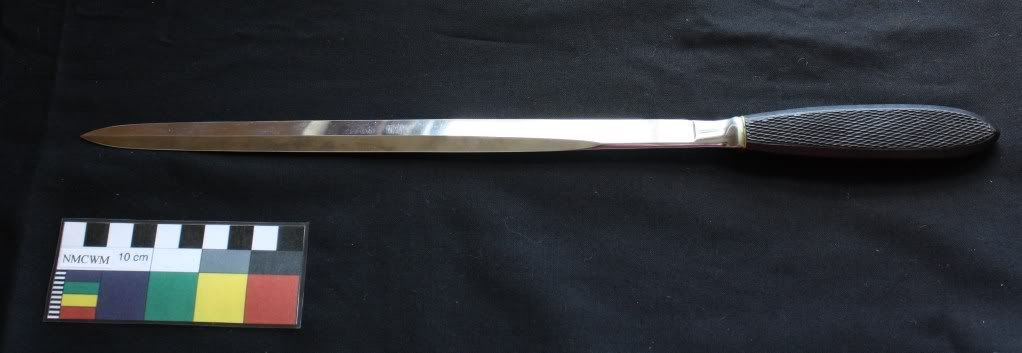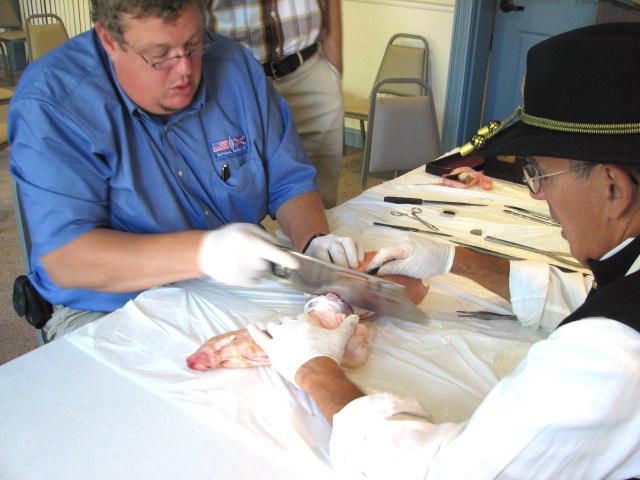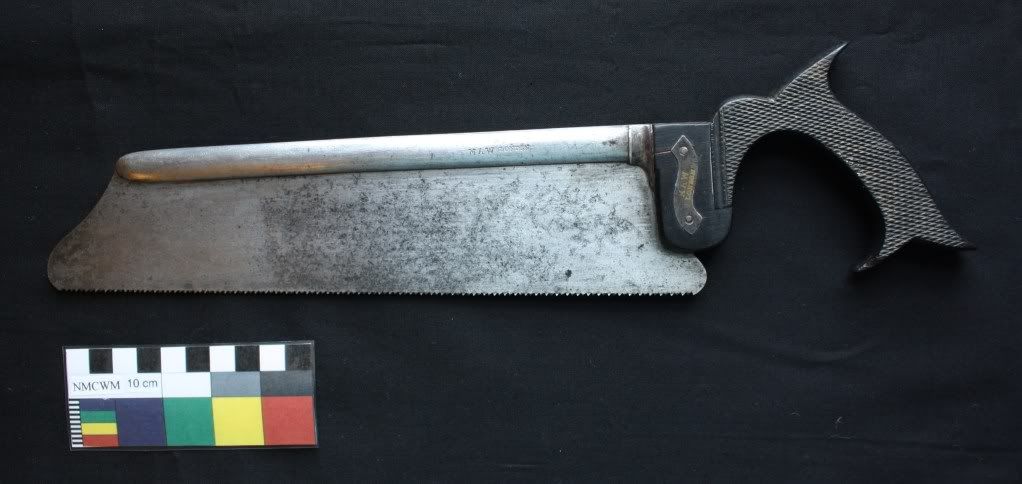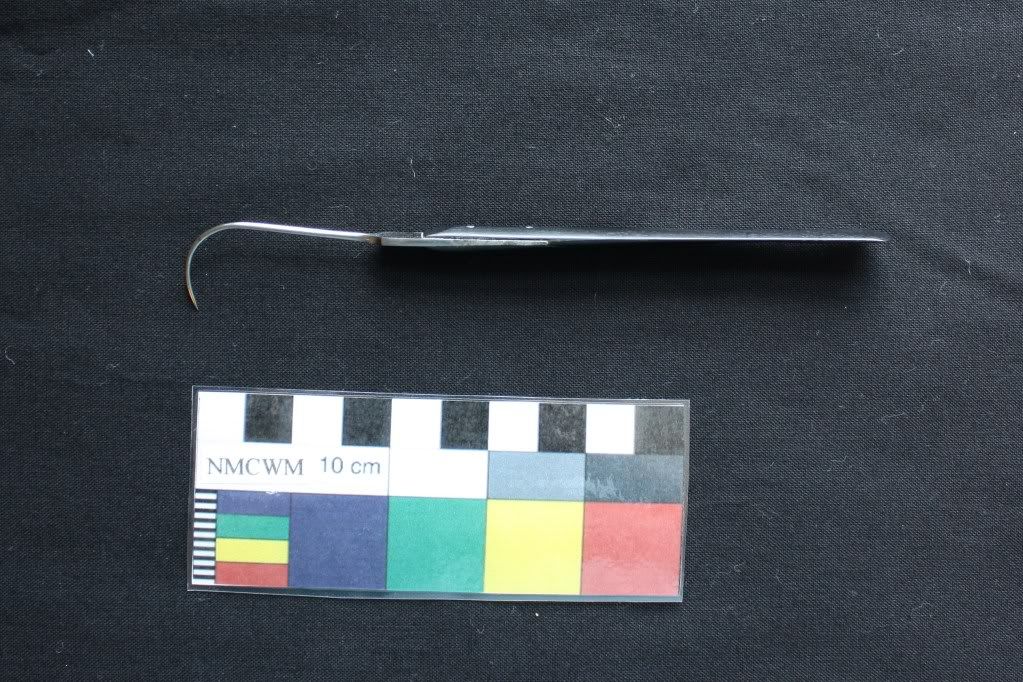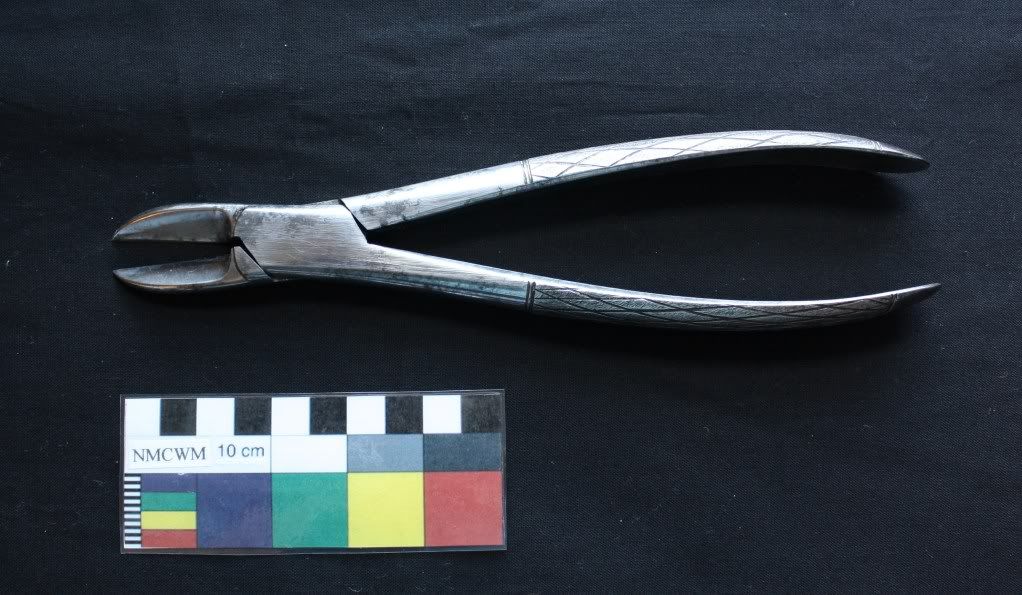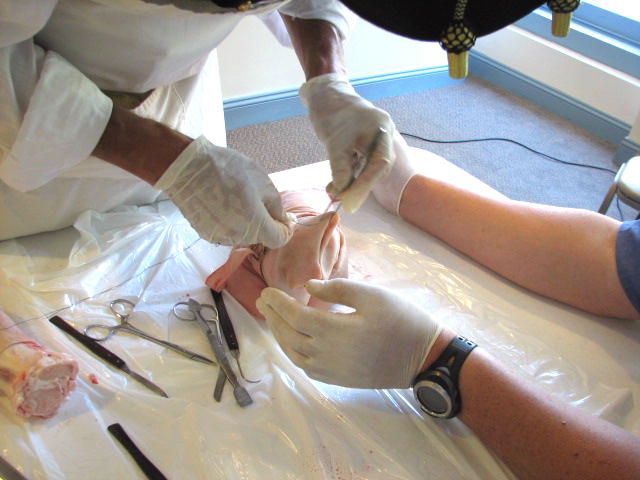If
there’s a little known hero of the Civil War, it has to be Dr. Jonathan
Letterman. I was reminded of that
recently when the founder of the National Museum of Civil War Medicine, Dr.
Gordon Dammann, gave a lecture on Dr. Letterman and his Letterman Plan. Maybe you’ve never heard Dr. Letterman’s name
before, but your life has probably been affected by his work. The Letterman Plan, which is a system for
treating and evacuating casualties from battlefields, is the basis for many aspects
of our modern military medicine, emergency medicine, and even disaster relief.
 |
| Here is Dr. Dammann, talking about Dr. Letterman and his plan. I think this is one of his favorite topics! |
At the
start of the Civil War, there was no set procedure for removing wounded
soldiers from the battlefields. In some
cases, the wounded were left on the battlefield for over a week, which meant
that many of the men, who might have been saved, died from their wounds or from
exposure. While the army did have
ambulances which could transport the wounded soldiers, the ambulances were
under the control of the Quartermaster Department which procured and
distributed most of the supplies for the army.
As you might imagine, the ambulances were not always the top priority in
this system! In fact, there were instances
in which ambulances were appropriated to carry other supplies, or even personal
items.
In 1862, just
a few months prior to the Battle of Antietam, Major Jonathan Letterman was
named the Medical Director of the Union Army of the Potomac. His first step toward revamping the medical
system was to establish a separate Ambulance Corps. He gave control of the army
ambulances to the officers of the ambulance corps, he distributed ambulances to
each regiment, he had enlisted men trained to serve as ambulance drivers and
stretcher bearers, and he had the use of ambulance wagons for any non-medical
uses forbidden.
Letterman
also reorganized the system of medical treatment and field evacuation. He applied a triage system in which the
wounded were treated based on the severity of their wounds instead of the order
they arrived. He also established aid
stations on the battlefields, where medical officers could stabilize the
wounded soldiers and arrange for their transportation to a field hospital. The field hospitals were located near the
battlefields. It was here that the soldiers
received additional treatment, including emergency surgery if needed. If more long-term treatment was required, the
wounded were transported to the larger, more permanent hospitals which were
usually located in the cities.
The
Battle of Antietam, the bloodiest single day in American history, was the first
real test of Major Letterman’s new system.
It was a success. Even when faced
with over 23,000 casualties, his plan ensured that all of the wounded were removed
from the battlefield within 48 hours, which undoubtedly saved many lives. He continued to make changes and
improvements, and in 1864 his plan was made official by an Act of Congress.
 |
| Though the equipment has
changed, the Letterman Plan is still in use today. |
I’ll
leave you with a quote from the NMCWM’s own website: Major General Paul Hawley,
Chief Surgeon of the European Theater in the Second World War, said of
Letterman, “I often wondered whether, had I been confronted with the primitive
system which Letterman fell heir to at the beginning of the Civil War, I could
have developed as good an organization as he did. I doubt it. There was not a
day during World War II that I did not thank God for Jonathan Letterman.”
 |
| An 1862 photo of Major Letterman (first seated figure) and his staff in Warrenton, Virginia. Library of Congress image. |











